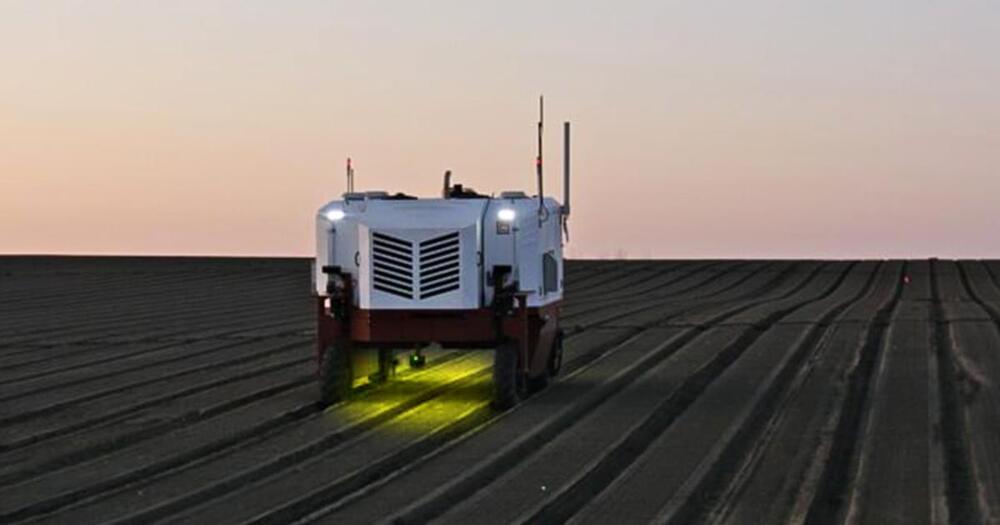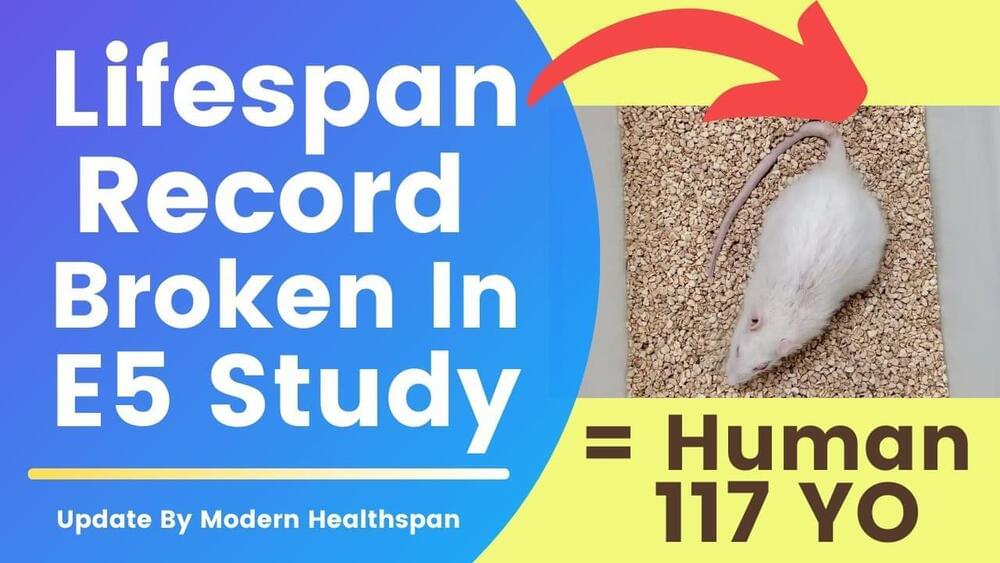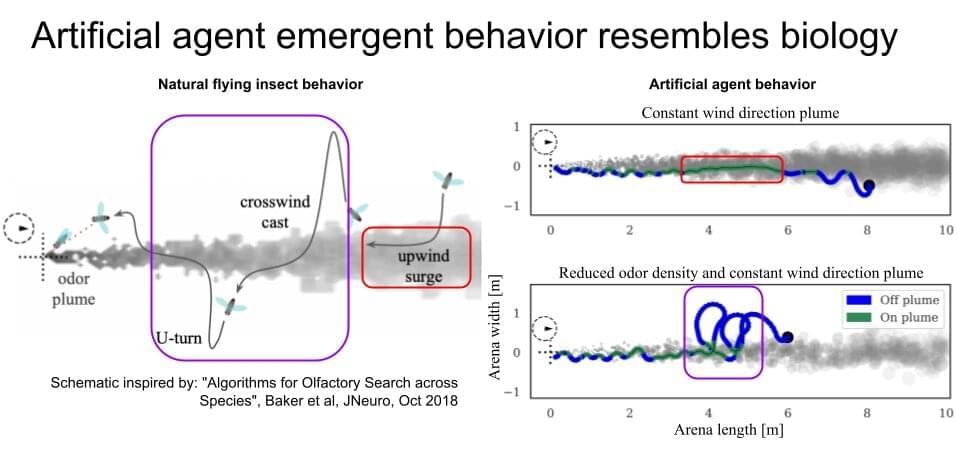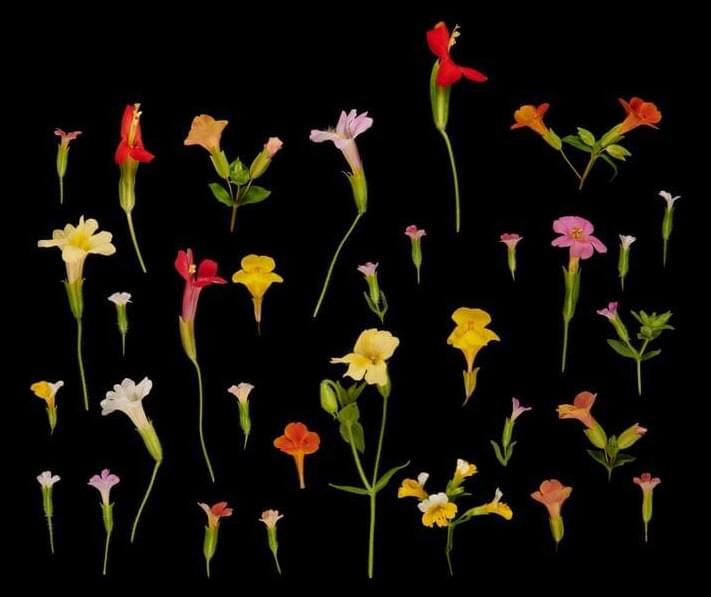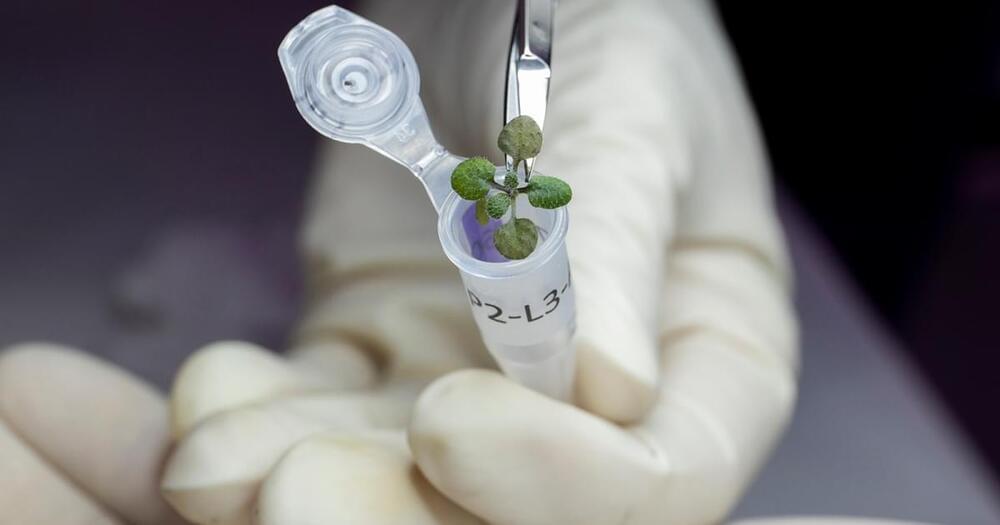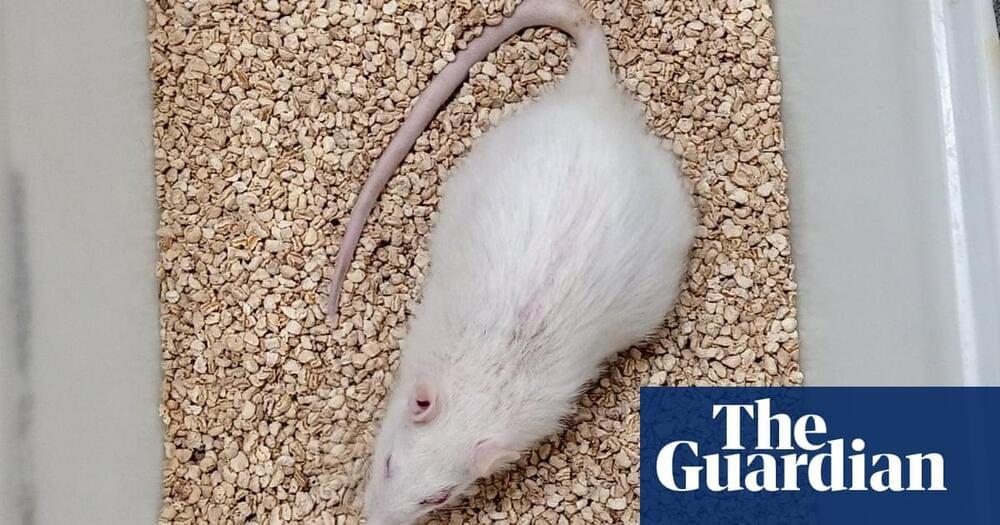Feb 13, 2023
Farming robot kills 200,000 weeds per hour with lasers
Posted by Daniel Sunday in categories: chemistry, food, health, robotics/AI, space
https://youtube.com/watch?v=fK3AQgt47z4
In 2021, Carbon Robotics unveiled the third-generation of its Autonomous Weeder, a smart farming robot that identifies weeds and then destroys them with high-power lasers. The company now has taken the technology from that robot and built a pull-behind LaserWeeder — and it kills twice as many weeds.
The weedkiller challenge: Weeds compete with plants for space, sunlight, and soil nutrients. They can also make it easier for insect pests to harm crops, so weed control is a top concern for farmers.
Continue reading “Farming robot kills 200,000 weeds per hour with lasers” »
